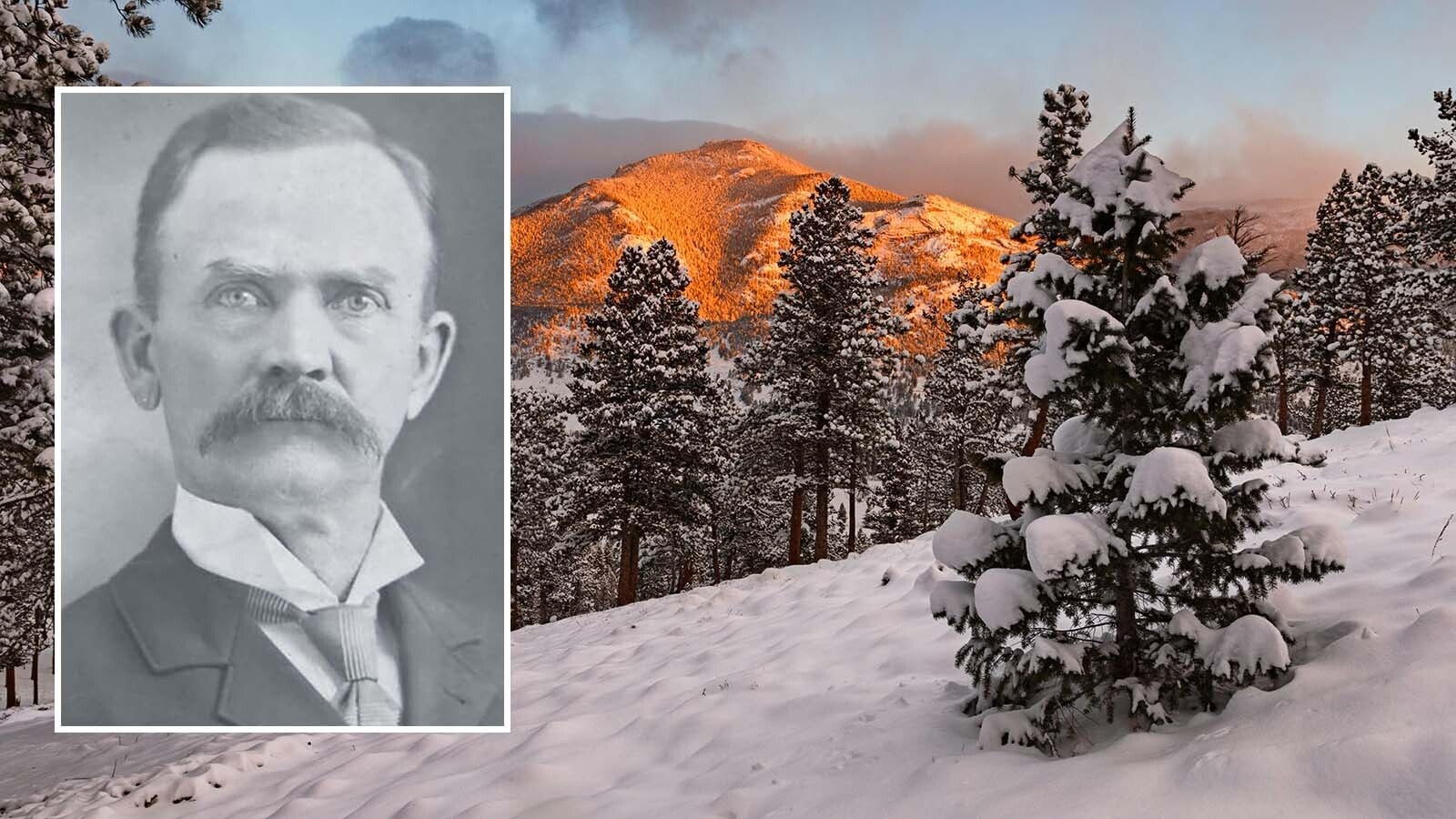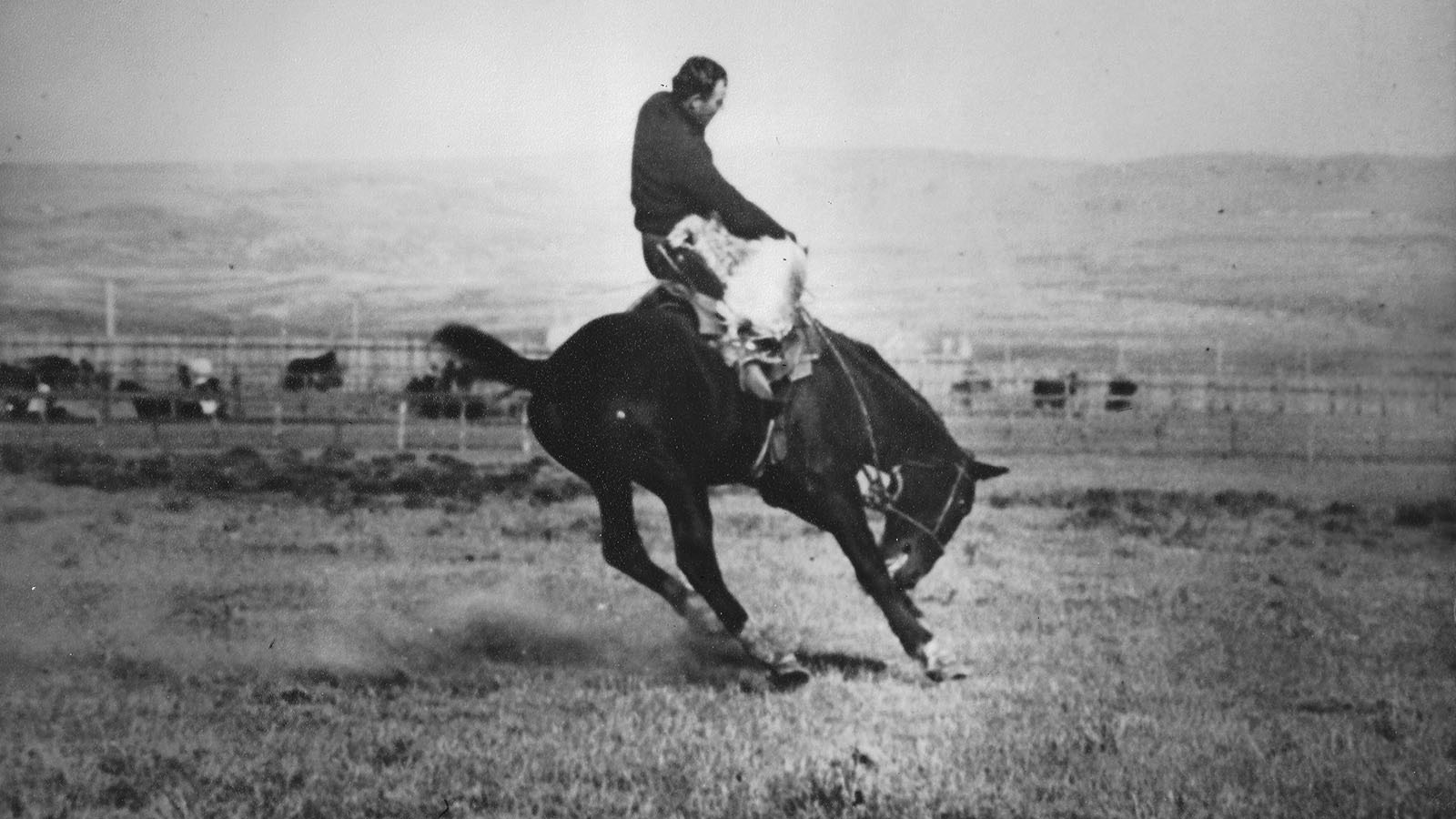William Barret Travis wrote to “The people of Texas and all Americans in the world,” on February 24, 1836, the second day of the Alamo’s siege, stating his intention “to die like a soldier who never forgets what is due his own honor & that of his country,” if requested supplies and reinforcements were not forthcoming.
They were not. On March 6, the Mexican Army terminated the siege.
“The end came suddenly and almost unexpectedly and with a rush,” child survivor Enrique Esparza remembered years later.
Word of the Alamo’s fall reached Gonzales, Texas, on March 11, 1836, via Anselmo Vargara and Andres Bárcinas. reporting information from an Antonio Perez. Whatever they reported sparked stories of Travis committing suicide.
Among the reports were those of E.N. Gray who stated in a March 11th letter, “Travis killed himself.” Andrew Briscoe, “Travis… shot himself.” Sam Houston, “Travis…stabbed himself.” Benjamin Goodrich, “Travis … stabbed himself to the heart and instantly died.”
However, E. Bowker, writing from St. Augustine stated, “Travis… was found dead grappled with a Mexican Officer with his sword through his body.”
Travis’s slave Joe accompanied fellow Alamo survivors Susanna Dickinson and her daughter to Gonzales. He described the battle to Texan officials at Washington-on-the-Brazos, with witnesses adding embellishment to his account.
George Childress, reported Travis awakened in the early hours of March 6th to a cry from the guard on the wall, “Col. Travis the Mexicans are coming!”
Grabbing his double-barreled gun and sword, Travis and Joe mounted a rampart. With enemy fighters scaling ladders already placed, he fired on them, immediately suffering a gunshot wound. Travis fell within the fort, his gun outside. A Mexican General attempted to behead him but Travis raised his sword and killed the General. Joe retreated to a room, surviving the slaughter.
Following the battle, Santa Anna and an English-speaking officer had Joe identify Travis’s body near that of a Mexican officer. Since the bodies were close enough that their blood “congealed together,” Joe believed that Travis killed the Mexican officer. No witnesses confirm this.
In William Gray’s version, John J. Baugh roused Travis and Joe announcing, “The Mexicans are coming.” They mounted the wall, Travis calling, “Come on Boys, The Mexicans are upon us, and we’ll give them Hell.” They fired their rifles but enemy fire wounded Travis who fell, “on the sloping ground that had recently been thrown up to strengthen the wall. There he sat, unable to rise.”
Gray identified the slain Mexican officer as General Mora. However a General Mora did not die at the Alamo. Gray also reported Travis was “pierced with many bayonet stabs. The despicable Col. Cos, fleshed his dastard sword in the dead body.”
An unidentified Mexican soldier stated in El Mosquito Mexicano on April 5, 1836, “The chief they called Travis died like a brave man with his gun in his hand, in back of a cannon.”
Francisco Ruiz of San Antonio stated, in 1860, “On the north battery of the fortress lay the lifeless body of Col. Travis on the gun-carriage, shot only in the forehead.
Susanna Dickinson in 1875 added, “Cols. Travis and Bonham were killed while operating the cannon, the body of the former lay on top of the church.”
Also in 1875, Francisco Becerra related a story in which fellow Mexican soldiers found Travis and Davy Crockett indoors. Travis seized a gun’s bayonet pointed at him and depressed the muzzle to the floor. Others opened fire, a bullet striking Travis in the back.
“He then stood erect, folding his arms, and looked calmly, unflinchingly, upon his assailants. He was finally killed by a ball passing through his neck.” Becerra stated that Travis and Crockett died, “undaunted like heroes.”
Sergeant Manuel Loranca stated in 1878, “we all entered the Alamo, and the first thing we saw on entering a room at the right was the corpses of [James] Bowie and Travis.” He neither explained where nor how he entered the Alamo, why the bodies of the two leaders were together, or how he identified them.
George W. Noel in an 1889 article quoted a Felix Nuñez, who claimed Travis manned a cannon outside the open door of the Alamo church. Mexican cannon and small arms fire silenced the Texan gun, killing Travis.
Newspapers cited Madam Candelaria after her death in 1899, “Travis was the first man killed. He fell on the southeast side near where the Menger hotel stands.” Alamo historians today argue about Candelaria’s presence in the fort during the battle.
Joe’s description provides the best bet on Travis’ death: He fired his weapon and immediately fell to enemy fire, one of the earliest Texan casualties of the battle.
Travis held the Alamo garrison together during two weeks of siege, then faced his enemy, fulfilling his pledge to the people of Texas and all Americans in the world to die like a soldier.
William Groneman III can be reached at wgroneman@yahoo.com





